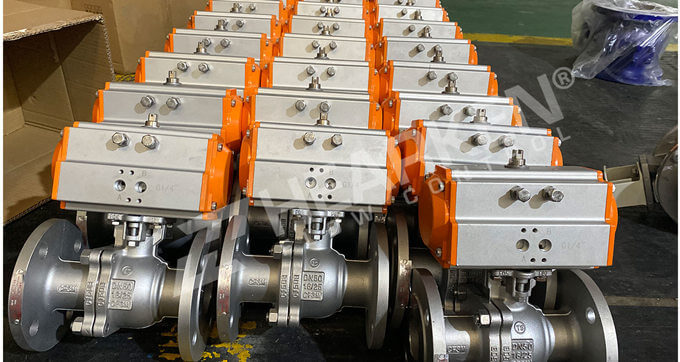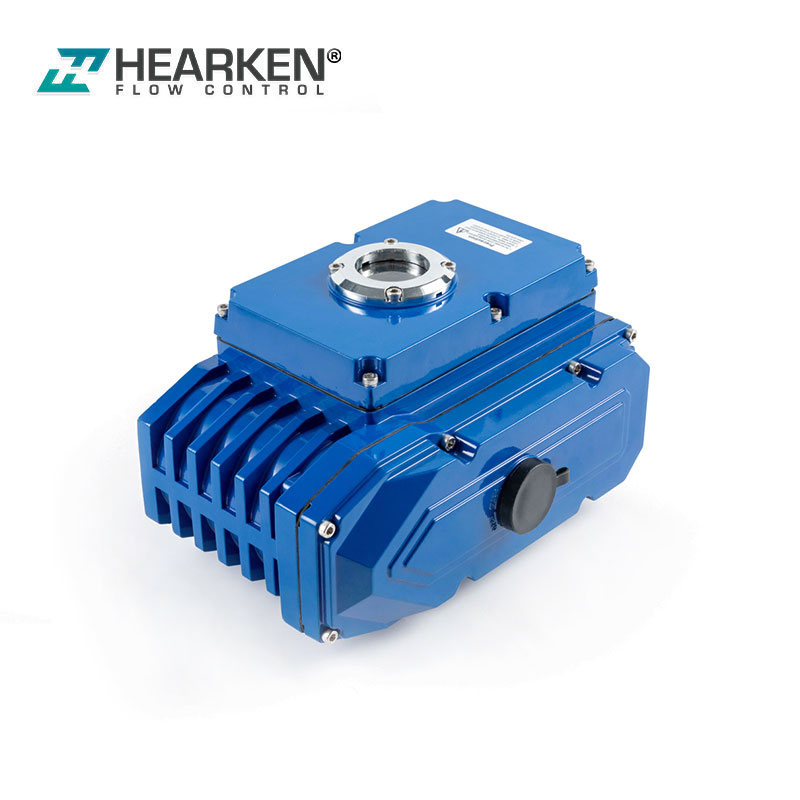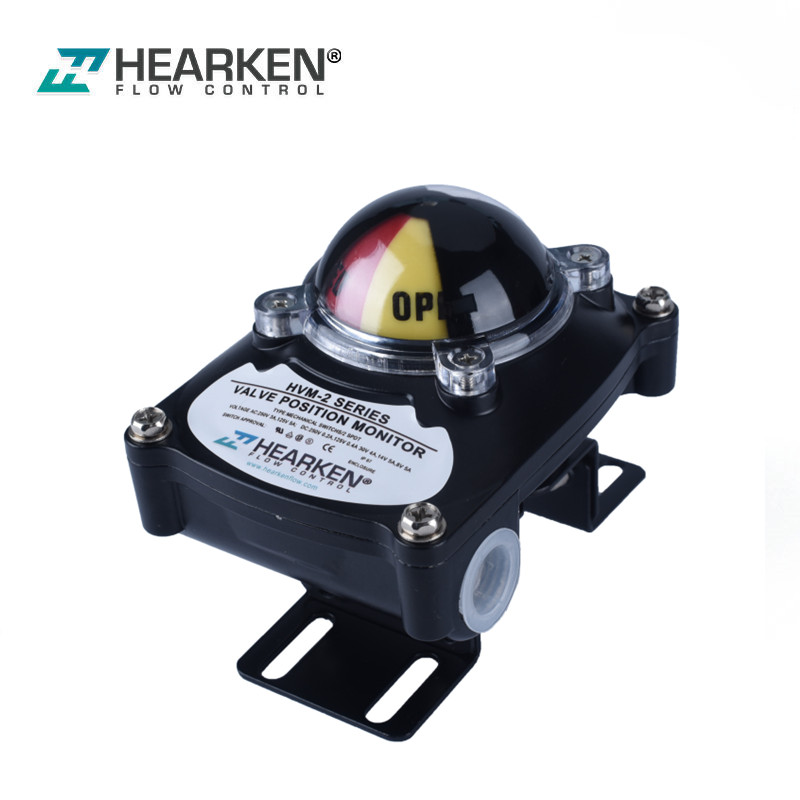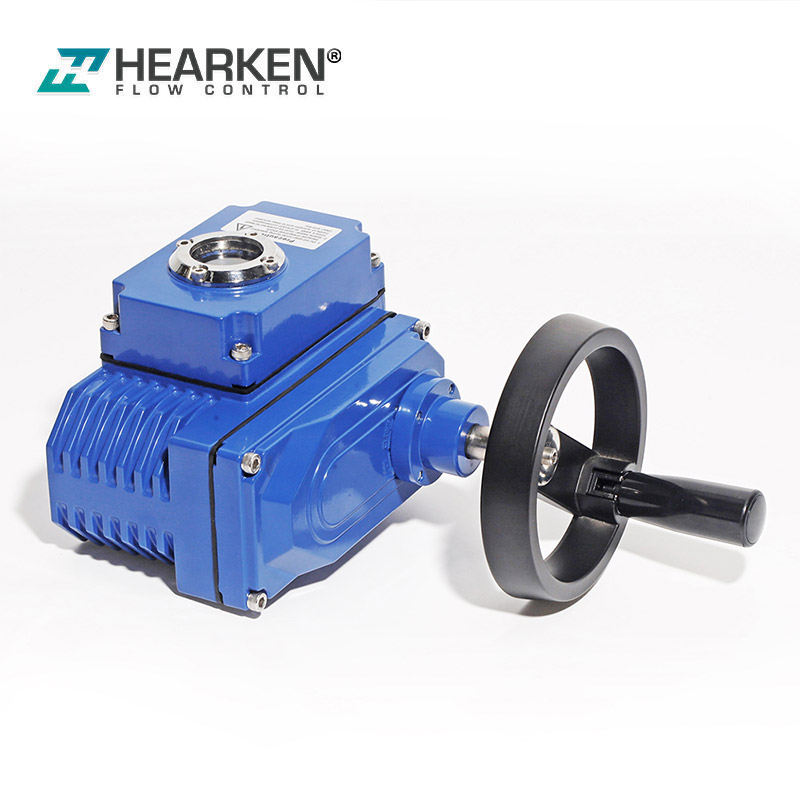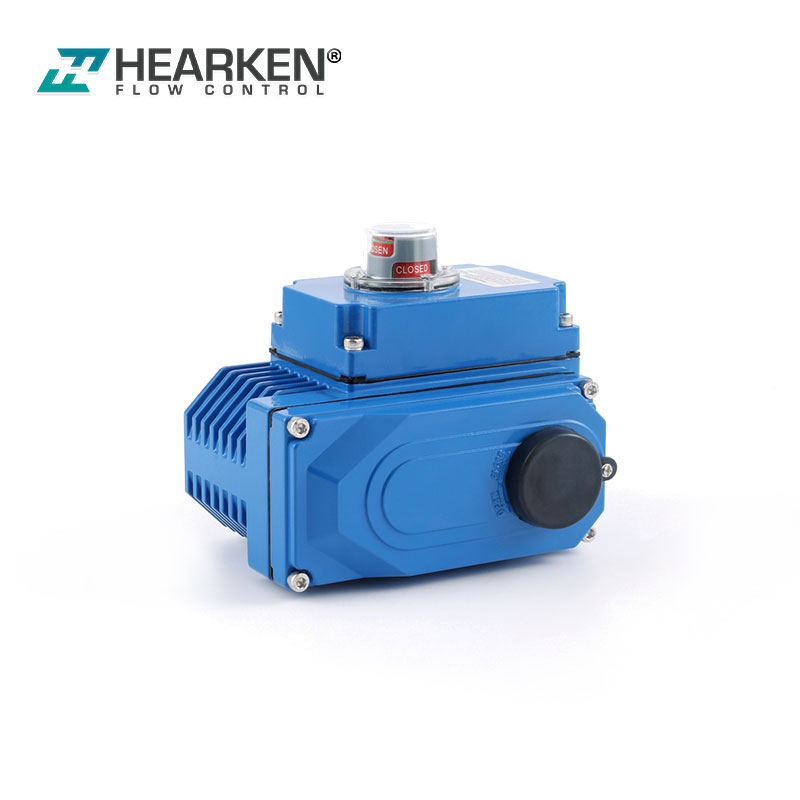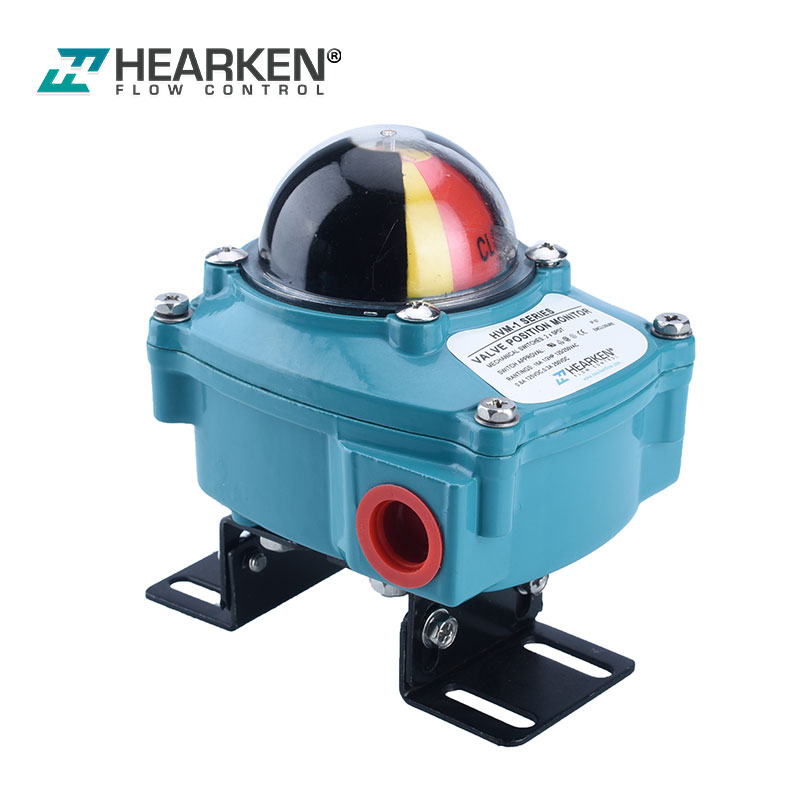What is the difference between electric actuators, hydraulic actuators and pneumatic actuators?
Electric actuators, hydraulic actuators and pneumatic actuators are different types of actuators. The choice of these actuators depends on the specific application requirements.
Electric actuators can provide precise position and speed control.
Hydraulic actuators are suitable for high power and high pressure work.
Pneumatic actuators have the advantages of fast response and reliability.
Therefore, factors such as the working environment, control requirements, cost and available resources need to be considered when selecting an actuator.
What are the differences between electric, pneumatic and hydraulic actuators in their driving methods, working principles and application fields?
Electric Actuator:
Drive mode: The electric actuator is driven by electric energy. Typically electric motors or linear motors are used.
Working principle: The electric actuator converts electrical energy into mechanical motion, and the actuator is opened or closed by the electric motor.
Application fields: Electric actuators are suitable for systems that require precise control and regulation, such as industrial automation, building automation, water treatment and other fields.
Hydraulic Actuator:
Drive mode: Hydraulic actuators are powered by fluid (usually oil). Hydraulic energy is generated using a hydraulic pump or pressure source.
Working principle: The hydraulic actuator converts the pressure of the liquid into mechanical energy, and the movement of the actuator is realized by applying pressure to the piston or carrier through the liquid.
Application fields: Hydraulic actuators are usually used in applications that require high power and high pressure output, such as large machinery, construction machinery, aerospace and other fields.
Pneumatic actuators:
Drive mode: Pneumatic actuators use compressed air or gas as a power source. Pneumatic energy is provided through the air source and control unit.
Working principle: Pneumatic actuators use air pressure to convert pneumatic energy into mechanical motion, and apply air pressure to the piston or carrier through the air source to realize the movement of the actuator.
Application fields: Pneumatic actuators are widely used in occasions that require fast operation and simplified control, such as automated production lines, fluid control systems, mining equipment and other fields.
